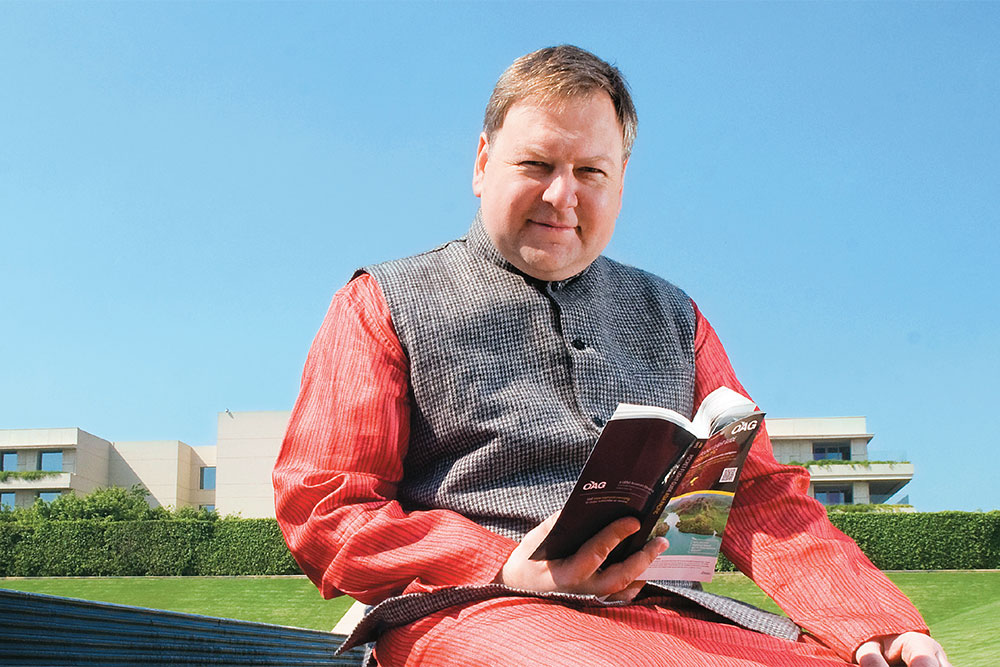When Vsevolod Rozanov isn’t busy steering his company through India’s choppy telecom airwaves from his Gurgaon office, he’s either flying somewhere, or dreaming about it. The 41-year-old president and CEO of MTS India collects airline time-tables and reads them cover-to-cover. That means poring over airline departures and arrivals from various airports, the types of aircraft and cabin composition, terminal numbers, distance between airports and city centres, and connecting flight options. Armed with this knowledge, “you can make your trip more than the movement between destinations. You can turn it into an adventure,” says Rozanov.
So far he’s amassed over 300 time-table booklets of around 40 airlines from 35 countries, some even of obscure airlines such as Atlantic Airways of Faroe Islands and Slovenia’s Adria Airways. That makes him popular among those who know him closely. “If they want to get somewhere, they ask me.” His wife, however, doesn’t take too kindly to this growing pile in the study of his Moscow home. “There’s always a conspiracy against those books in my family.”
It’s an interest that began with collecting railway timetables as a young boy in Moscow. Later, for the economics graduate from Lomonosov Moscow State University, this fascination turned to airline pocket guides. So much so that he says, “In the 1990s my friends knew the best gift for me was a guide of a less-known airline.”
Rozanov finds the Lufthansa time-tables “really convenient”. He has 40 of them. Those of Chinese airlines, he says, “look quite messy and it’s hard to find connections”. Most major airlines — with the exception of some like Emirates, which continues to print quarterly flight schedules — have now gone digital and stopped printing free time-tables. That leaves him with the OAG pocket flight guides for regular company now. These aren’t free though, and at $320 for an annual subscription, they cover nearly all destinations and airlines in every country across the world. There’s a key difference between trawling the internet for flight information, and looking it up on a pocket guide, Rozanov explains. “On the internet you should know what you are looking for. Here, it’s the element of discovery. You don’t know what you can find,” he says.
Rozanov, who says he learnt English through “Hanuman comics” while growing up in Moscow, re-discovered his special connection with India when he landed here in 2008. His interest has since extended beyond picking up everyday Hindi phrases like “kaali chai” and “chalo ji”, into sponsoring the re-publishing of a book by the Russian Cultural Centre in India. Titled Old India: Notes on Afanasi Nikitin’s Voyage Beyond the Three Seas, the book by 19th century Russian scholar Ivan Pavlovich Minayev retraces the journey of the first Russian traveller to India in the 15th and 16th centuries.
The explorer in him trumps everything else, Rozanov confesses. “My biggest time is spent planning for trips. At any point I have 20-30 places churning in my mind.” Even for his official trips, being able to plan before anybody else is a big plus. And it comes naturally. “I collect here (points to his head). I collect and connect,” he grins.











